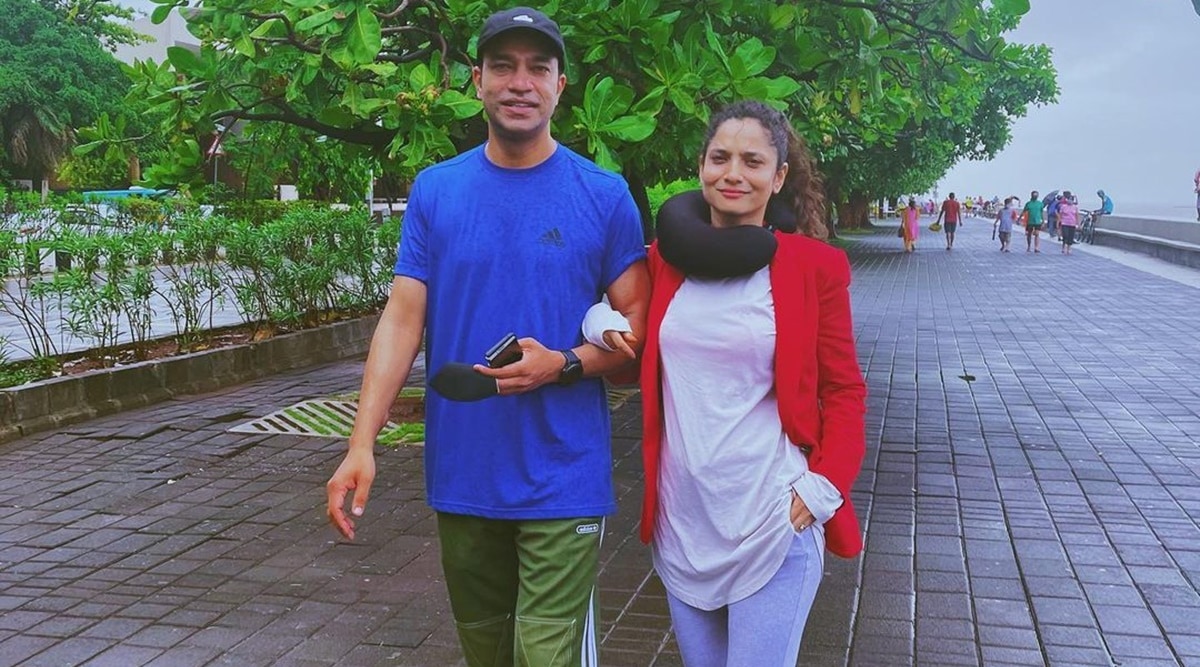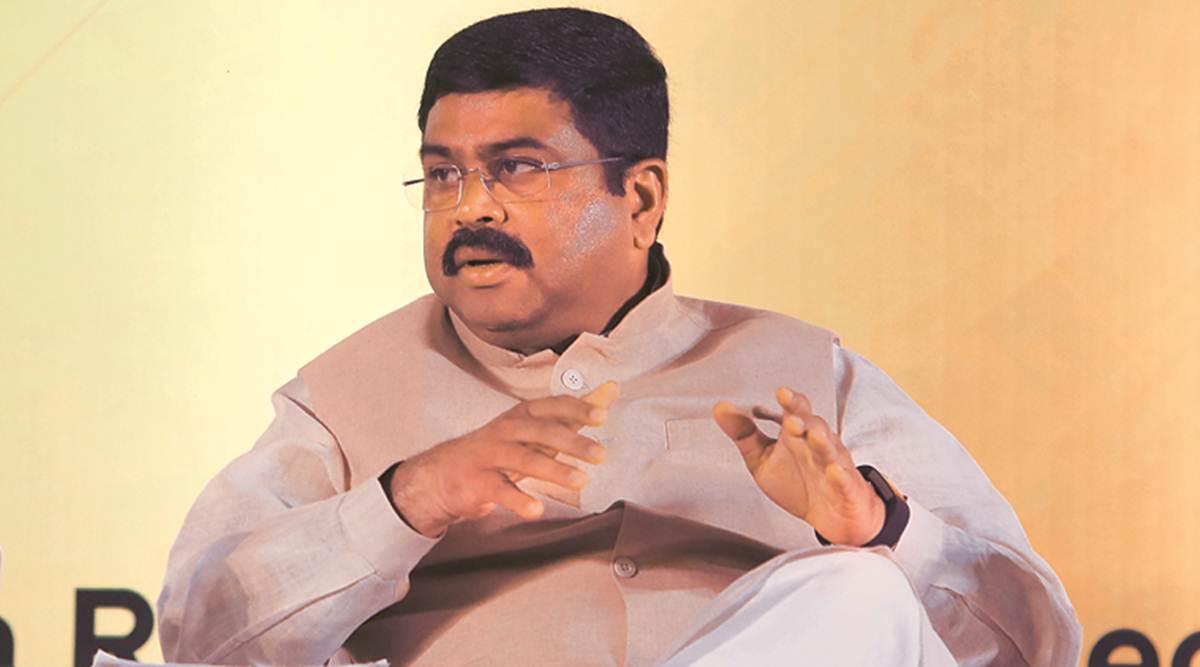
Legislation enforcement businesses throughout the nation skilled a wave of retirements and departures and are struggling to recruit the subsequent technology of cops within the yr since George Floyd was killed by a cop.
And amid the nationwide counting on policing, communities are questioning who ought to turn into a police officer right now.
Mass protests and requires reforming or defunding the police, in addition to the coronavirus pandemic, took their toll on officer morale. The speed of retirements at some departments rose 45% in contrast with the earlier yr, based on new analysis on practically 200 legislation enforcement businesses performed by the Washington-based Police Government Analysis Discussion board and supplied to The Related Press. On the identical time, hiring slowed by 5%, the group discovered.
The wave comes as native lawmakers have pledged to enact reforms — resembling ending the insurance policies that give officers immunity for his or her actions whereas on-duty — and say they’re dedicated to reshaping policing within the twenty first century. And recruiters are more and more searching for a special type of recruit to affix embattled departments.
Years in the past, a candidate’s {qualifications} is perhaps centered round his — sure, his — brawn. Now, police departments say they’re looking for recruits who can use their mind. And so they need these future officers to characterize their communities.
“Days of previous, you needed somebody who truly had the power to be extra bodily,” Atlanta Police Chief Rodney Bryant mentioned. “In the present day’s cops, that’s not what we’re searching for. We’re searching for somebody who can truly relate to the group but additionally assume just like the group thinks.”
However the local weather right now, coupled with will increase in crime in some cities, is creating what Chuck Wexler, the top of the Police Government Analysis Discussion board, known as a “flamable combination.”
It’s creating “a disaster on the horizon for police chiefs after they take a look at the assets they want, particularly throughout a interval once we’re seeing a rise in murders and shootings,” Wexler mentioned. “It’s a wake-up name.”
The info from Wexler’s group represents a fraction of the greater than 18,000 legislation enforcement businesses nationwide and isn’t consultant of all departments. But it surely’s one of many few efforts to look at police hiring and retention and examine it with the time earlier than Floyd’s killing in Minneapolis on Could 25, 2020. Former officer Derek Chauvin, who pressed his knee on Floyd’s neck whereas Floyd was handcuffed behind his again, was convicted of homicide and is awaiting sentencing.
Researchers heard from 194 police departments final month about their hires, resignations and retirements between April 1, 2020, and March 31, 2021, and the identical classes from April 1, 2019, to March 31, 2020.
By comparability, the altering public angle on policing is properly documented. Previously yr, as many as half of American adults believed police violence in opposition to the general public is a “very” or “extraordinarily” significant issue, based on one ballot performed by The Related Press-NORC Middle for Public Affairs Analysis.
“It’s arduous to recruit the very individuals who see police as an opposition,” mentioned Lynda R. Williams, president of the Nationwide Group of Black Legislation Enforcement Executives, who beforehand labored on recruitment efforts for the Secret Service.
Bryant is aware of firsthand. Within the weeks after Floyd’s loss of life, a white officer, Garrett Rolfe, shot and killed Rayshard Brooks, a Black man, within the parking zone of a Wendy’s.
In fast succession, Rolfe was fired, the chief resigned and the native district lawyer introduced costs, together with felony homicide, in opposition to Rolfe — a uncommon step in police shootings. Some cops left the drive, which at the moment has about 1,560 officers — about 63% of the drive is Black, 29% white and 5% Latino.
Then got here the “Blue Flu” — when a excessive variety of cops known as out sick in protest. Bryant, then the division’s interim chief, acknowledged that it had occurred in Atlanta after Rolfe was charged.
“Some are indignant. Some are fearful. Some are confused on what we do on this house. Some could really feel a bit deserted,” Bryant mentioned final summer season in an interview on the peak of the disaster.
But it surely hasn’t shaken the resolve of some, like Kaley Garced, a hairdresser-turned-police officer in Baltimore who graduated from the academy final August. Regardless of the protests and attitudes towards legislation enforcement, she stayed together with her profession selection with a plan to work together with residents.
“Incomes their belief” results in higher policing, she mentioned. Residents who belief officers won’t be afraid to “name upon you on their worst day” and ask for assist.
Williams mentioned she believes the subsequent technology of legislation enforcement will deliver a brand new outlook and transfer the occupation ahead by making departments extra numerous and inclusive.
“They’re the change that they wish to see,” Williams mentioned.
Recruitment remains to be a problem. In some cities like Philadelphia, departments are spending extra time scouring a candidate’s social media to hunt for doable biases. In others, pay disparities — a longtime drawback — nonetheless exist, making it tough to draw would-be officers and hold newly educated recruits when a neighboring jurisdiction provides extra money and advantages.
In Dallas, metropolis leaders spent a lot of the final decade struggling to attract candidates and stem the outflow of officers annoyed by low pay and the close to collapse of their pension fund.
Regardless of these efforts, the drive now stands at about 3,100 officers — down from greater than 3,300 in 2015 — a loss at a time when town’s inhabitants has grown to greater than 1.3 million. The drive is about 44% white, 26% Black and 26% Latino. This implies officers deal with extra calls and detectives extra instances, all amid elevated racial rigidity.
In 2016, 5 officers had been killed in Dallas by a sniper who was looking for revenge for police shootings elsewhere that killed or wounded Black males. Two years later, an off-duty officer fatally shot her neighbor in his residence. She was fired and later was sentenced to a decade in jail for homicide.
Mike Mata, president of the Dallas Police Affiliation, mentioned the nationwide political local weather and native pay and pension points have been compounding challenges to hiring in Dallas.
In 2019, nonetheless, a consulting agency Dallas employed to evaluate its division discovered that it wanted not merely extra officers but additionally a “realignment of technique, targets, mission, and ways.” That discovering rings true to Changa Higgins, a longtime group organizer.
“You don’t have to deal with hiring extra officers,” Higgins mentioned. “You have to deal with how you bought these guys allotted.”
In Los Angeles, the division is combating in opposition to a decadelong picture of scandal and racial strife from the Watts riots in 1965 to the bloodshed in 1992 after a Simi Valley jury’s acquittal of officers who brutally beat motorist Rodney King.
Capt. Aaron McCraney, head of the Recruitment and Employment Division, and Chief Michel Moore ticked off the problems dealing with the 48 new recruits — greater than half of whom had been girls — final yr, noting that the pandemic, civil unrest and financial uncertainty had been simply among the challenges the brand new officers would face.
“Regardless that these are powerful instances, these are tough instances, these are attention-grabbing instances,” McCraney mentioned, “these instances will go, and we’ll get on to issues higher.”









